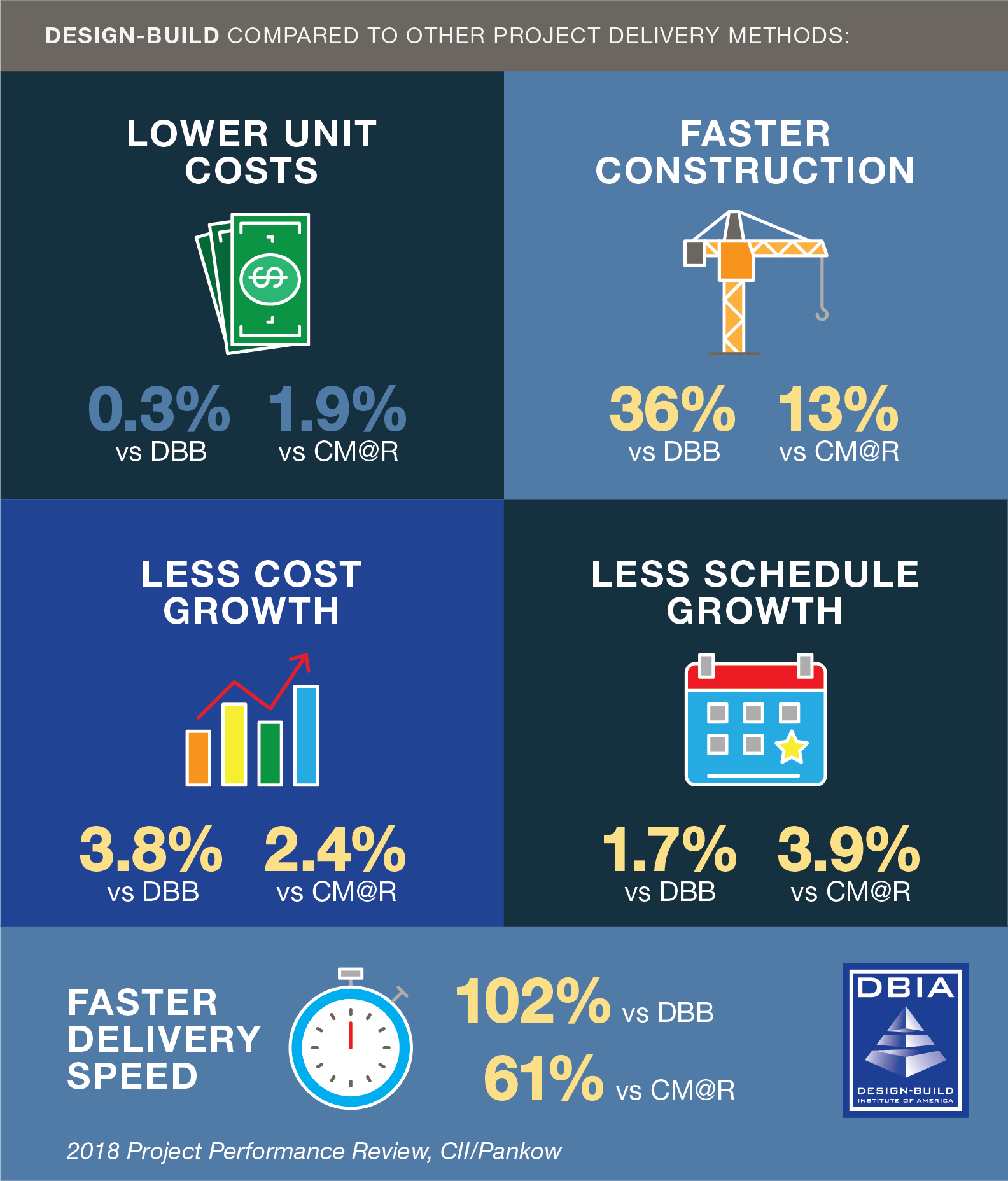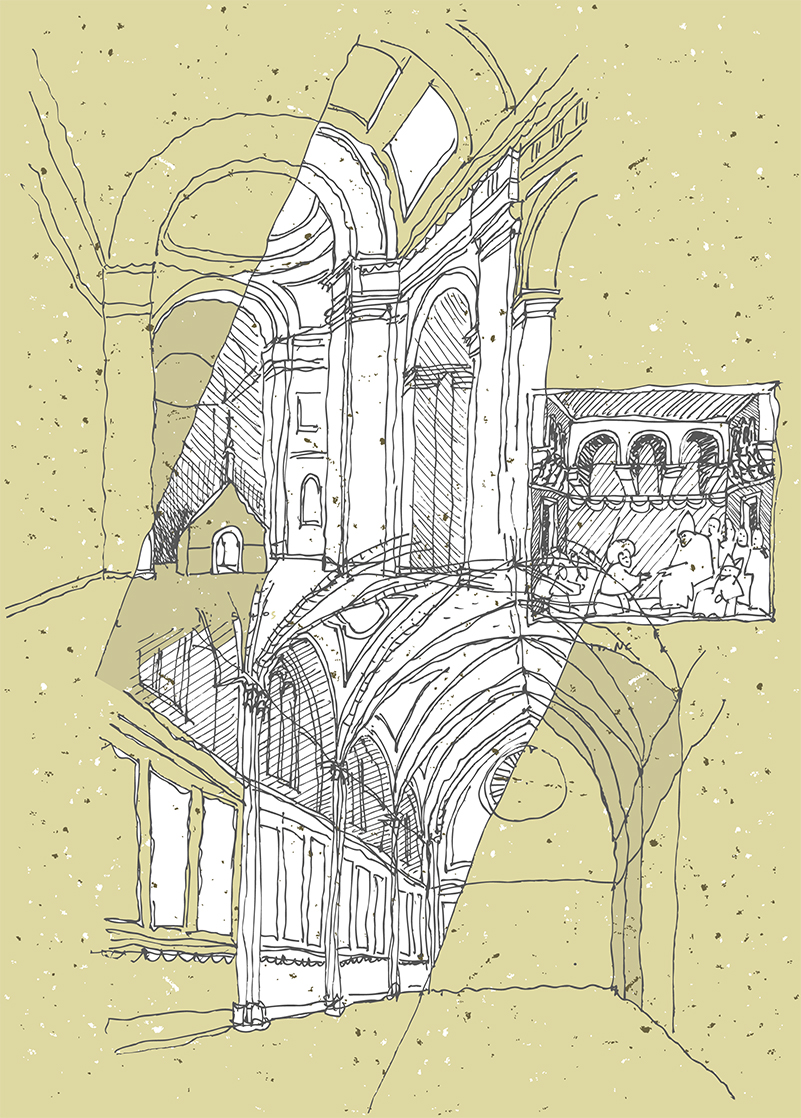Just the opposite is true. With the traditional delivery method, design-bid-build, the primary, if not only, factor considered in the competition is price. The Design-Build selection process, conversely, puts in place a rigorous competition procedure that focuses on qualifications, experience, technical approach, price and other factors. This encourages a better competition that allows many qualified firms of all sizes to participate.
For example, in a typical design-build Best Value selection, the Owner first issues a Request for Qualifications asking interested firms to submit their basic information, such as resumes of employees and experience with similar projects. This is a low-cost process that encourages firms of all sizes to apply. Then the Owner uses their preferred selection criteria to identify 3–5 of the most qualified bidders to submit technical proposals. The successful proposer is selected based on a number of factors including past experience, ability to innovate, cost, and any other specific factor the Owner chooses (e.g. the number of local sub-contractors used, the environmental approach, etc.). This competitive selection process is just one reason why Owners are more likely to report high-satisfaction with design-build projects.
Design-Build Done Right® encourages greater competition and focuses that competition to deliver superior projects.



